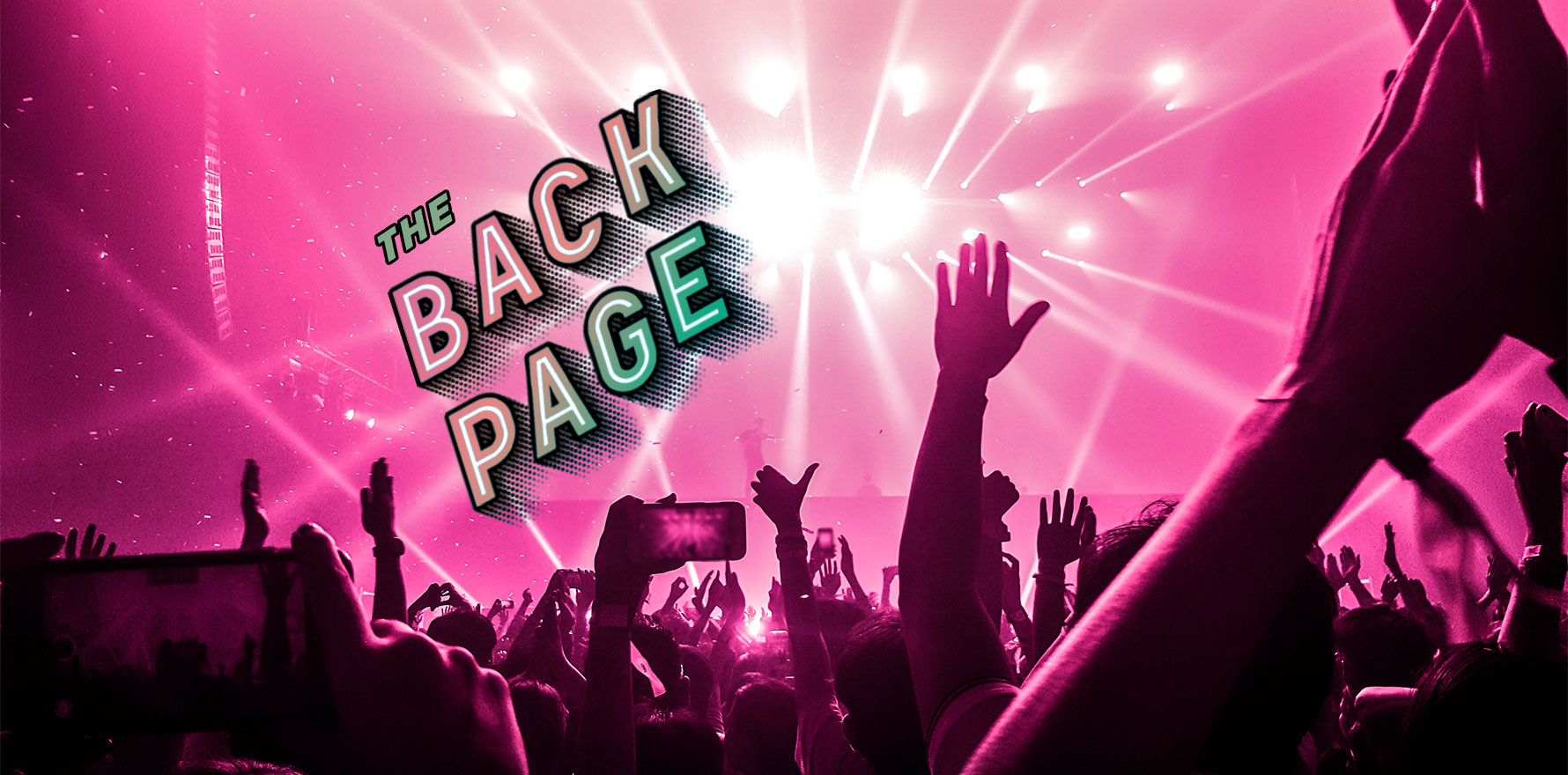Getting the party started, then stopped again, in the name of science.
Your Back Page correspondent is not personally familiar with the Gen X concept of a “rave”, but he knows the basics: clusters of folks packed tightly together, an approximation of both music and dancing, lighting that poses a danger to epileptics, and just sometimes the consumption of mood-altering substances.

In all, not the type of mass gathering you would associate with a COVID-safe environment.
So when precisely such an event, involving 3000 maskless young adults, was legally sanctioned late last month in the English city of Liverpool, the question was certainly begged: has the UK government gone “raving” mad?
The answer was: “No, this is a science experiment being conducted by the Event Research Program”.
According to media reports, the rave, which was held in a specially converted warehouse, was designed to provide scientific data to help officials plan how nightclubs and live events might return to the UK.
The program’s scientists are hoping to use data from the event to determine how social distancing and ventilation affects the spread of the coronavirus.
The rave gave a “glimpse of what we think the future might hold”, Liverpool’s director of public health Matt Ashton told the BBC.
While a jolly good time was reportedly had by all, the high was short-lived for the lucky ravers who came crashing back to the morning after’s reality of having to again abide by coronavirus restrictions just like everybody else.
And attendees who subsequently test positive for the virus will have to self-isolate as normal.
If you see something that seems stark raving bonkers, send us an email at felicity@medicalrepublic.com.au.


